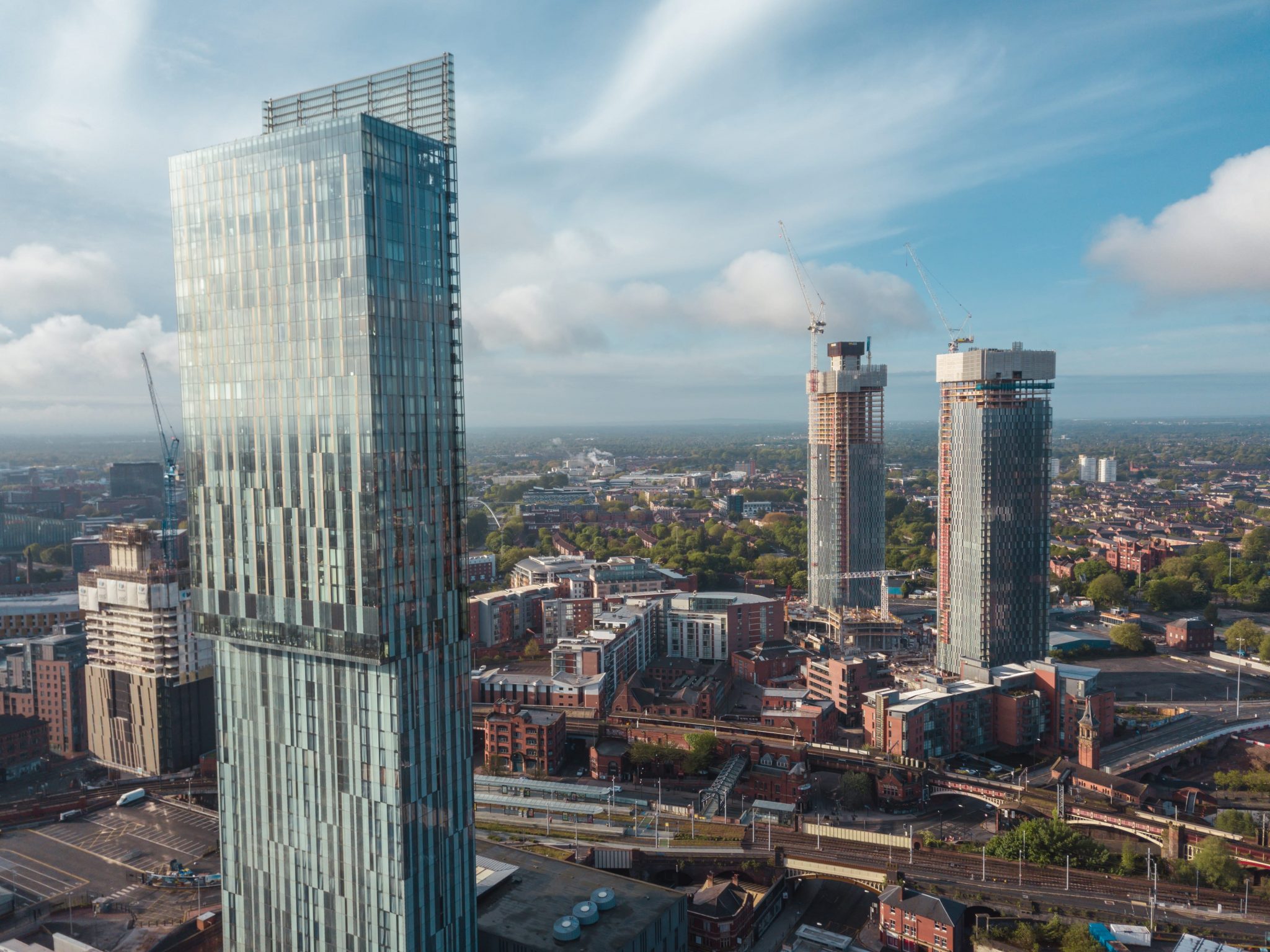
Common buy-to-let running costs
Being a buy-to-let landlord can be hugely rewarding, particularly in the current market of high tenant demand – but it’s crucial to be aware of the common buy-to-let running costs you could face.
Becoming a landlord has excellent long-term prospects, generating an income through regular monthly rental payments along with the potential for profits through capital appreciation.
But getting the numbers right is a huge part of achieving success as a property investor. It’s vital to not only look at the initial cost of the property alongside the potential rental income, but also to consider the various outgoings you’re likely to face. Some of these will be optional or varied, while others are an essential cost to factor in.
Here we explore some of the most common buy-to-let running costs for UK landlords.
8 most common buy-to-let running costs
-
1. Management fees
Many buy-to-let landlords pay a letting agency or management company to run their rental property for them, which is normally charged as a percentage of the rental income. Their services will include finding tenants, carrying out reference checks, taking a deposit, organising contracts and dealing with ongoing tenant queries and issues, as well as contract renewal. You can avoid this buy-to-let running cost if you choose to self-manage, but this requires time, commitment, and up-to-date knowledge of the latest legislation. Some landlords simply will not be able to keep up with the management without using an agent, such as those with multiple properties and those who live too far away to provide an adequate service.
-
2. Service charge
Many flats and apartments with communal facilities will be subject to a service charge. This normally pays for things like maintenance and repairs of communal areas and gardens, servicing lifts, and upkeep of communal heating and lighting. When you buy a leasehold property, you should be made aware of these charges as you will be liable to pay them as soon as ownership is transferred. For properties that are subsequently let out, it is up to the landlord whether to pass this charge on as an additional cost to the tenant, in which case it must be set out in the tenancy agreement. Otherwise, you might recoup the costs by including it in the rent charged.
-
3. Void periods
A void period is when a tenant moves out, and no immediate replacement moves in, meaning that all property costs must be covered by the owner until a new tenant is found. When selling a buy-to-let, properties that already house tenants can either be sold with vacant possession on completion, or sold subject to an ongoing tenancy, in which case the tenancy will be handed over to the new owner on the day they get the keys.
This avoids void periods for the new owner, which can be costly and are something every property investor must consider when factoring in their risk and returns.
-
4. Buy-to-let insurance
Landlords are advised to obtain specialist buy-to-let insurance for renting out their property, as traditional owner-occupier residential insurance won’t provide full cover. This specialist insurance can cover you for risks specifically linked to running a buy-to-let, including rent guarantee or loss of rent cover, alternative accommodation for tenants in certain situations, and legal fees. While it isn’t compulsory, buy-to-let insurance can offer additional peace of mind for landlords.
-
5. Council tax
Council tax is charged on every residential property in the UK (with some exceptions and discounts). The cost will depend on the valuation band of your home, what the local council charges for that band, and whether you are entitled to a discount. On buy-to-let properties, it is up to the tenants to cover the cost of the council tax, but the bill must be paid by the property owner for rentals that are not tenanted. Some local councils offer a discount if the property is a second home or is empty, but owners must check with their local authority if this applies to them.
-
6. Ground rent
If you own a leasehold property, you may be liable to pay ground rent to the freeholder, which can vary greatly from a small nominal fee to thousands of pounds a year. Again, this will be set out prior to any property purchase, but if you are buying a leasehold property it is advisable to get a full picture of this before progressing any further.
-
7. Repairs and maintenance
Buy-to-let landlords are responsible for the costs of any general repairs or maintenance of a property, including the property structure and exterior, as well as basins, sinks and baths, heating and hot water, gas appliances, pipes, flues and ventilation, electrical wiring, and any damage caused by attempting repairs.
According to the Landlord and Tenant Act 1985, damage caused to a property by either the tenant or visitors – such as friends or family – of the tenant must be reported to the landlord, and any repairs or replacements must be paid for by the tenant. If the tenant leaves the property without repairing any damage they have caused – not including wear and tea caused by day-to-day living – the buy-to-let landlord could deduct money from the security deposit to pay for it.
-
8. Buy-to-let safety requirements
As a buy-to-let landlord, you must ensure your rental property is a safe place for tenants to live. Each year, you must appoint a qualified engineer to carry out a gas safety check on each gas appliance and flue and issue you with a certificate, and complete any repairs recommended. You must also make sure the electrical system and any appliances provided are safe, including a five-yearly check from a qualified person. For fire safety, you must provide fire extinguishers in an HMO, and provide smoke and carbon monoxide alarms. For other regulations and to keep up to date with any changes, visit the government’s website.

GET IN TOUCH
Join over 30,000 property investors
Access advice and unique property investment opportunities directly from leading developers throughout the UK



